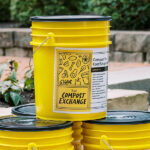Top: Photo sources, from left to right: Washington State DOT; Meadows of Sixmile Creek golf course (Wisconsin); StopWaste (Alameda County); Larry Strong (Recology); Gardens of Eagan (Minnesota); Cedar Grove Composting; McGill Compost.
Ron Alexander
As many of you know, I have spent my almost 40-year career in the composting industry concentrating on product quality (and development) issues, as well as market research and development. As such, BioCycle would ask me from time to time to write about compost marketing trends in the US. This year I did so, with the input of some friends.
Since we just finished our first season after COVID lockdowns, let’s start with the obvious.
1. COVID Gardening
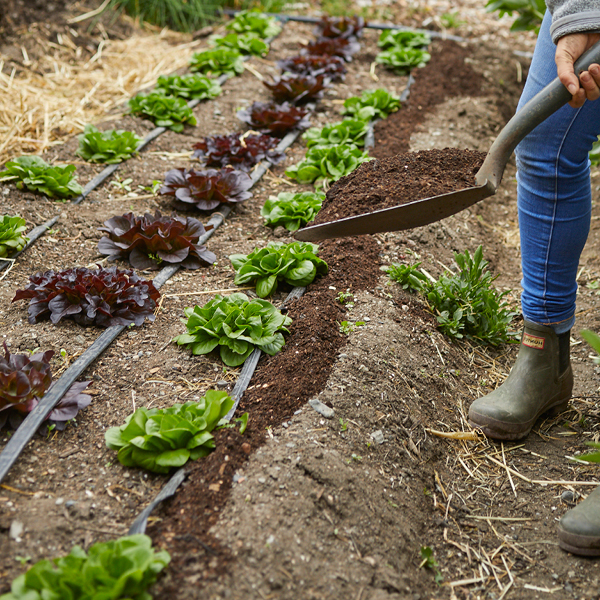
The pandemic lockdown spurred huge interest in home gardening, resulting in significant increases in compost sales. Photo courtesy of StopWaste
COVID lockdowns spurred a huge interest in home gardening, as well as landscape improvements at home. This was especially exciting since there have been concerns in the gardening industry for years that younger Americans weren’t interested in gardening (and that the activity would “age out”). Of course, since landscaping and construction were considered “essential” work activities during COVID, landscape and soil management markets for compost flourished. Many lawn and garden companies had 50% increases in sales. That stated, after two years of crazy increased compost demand, demand for landscape products has been reducing back down to more normal volumes. So, composters that were seeing orders roll in effortlessly, now have to get back out on the road and sell. Note: Even though interest in home gardening has increased, it’s key to find creative ways to keep these new gardeners interested as other less solitary activities reemerge. Also, many homeowners invested in home repairs and landscaping during COVID, so some of these markets could be soft in the near term.
2. COVID Distribution
Many composters also started or expanded the ways in which they market their products. Some started to sell directly to smaller volume end users (both retail and professional). Others expanded their distribution through bulk resellers of landscape and related products already established in the industry (e.g., landscape material yards, garden centers). In both cases, distribution of compost to smaller end users, which is key to market expansion (because there are a lot less truckload volume buyers in the marketplace), was enhanced. It will be interesting to monitor which distribution trend gains greater momentum. Both work, and have different pros and cons.
3. Soil Management And Health
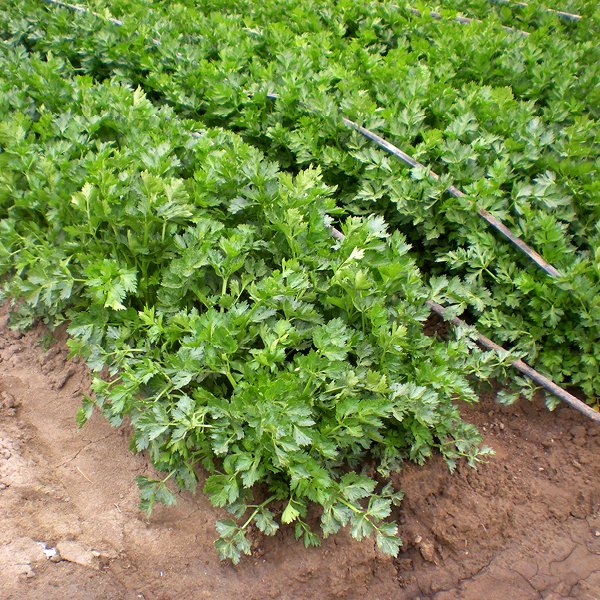
Initiatives to enhance compost use in agriculture have been boosted through the assistance of grant funding in some states. Photo courtesy of Agromin
Use of compost in landscaping and agricultural applications continues to be the backbone of the compost marketplace, and in some states (e.g., California), initiatives to enhance compost (a carbon-based product) usage in agriculture have been boosted through the assistance of grant funding. Soil health is also the focus of the USDA’s National Resources Conservation Service (NRCS), with its new conservation practice standards (which include the addition of soil carbon amendments). This focus is driving the expansion of the regenerative agriculture movement. The importance of enhancing soil health and its related messaging continues to expand in the U.S. and the world. It is immeasurably critical to our very existence. Without protecting and enhancing our soil, we will not be able to feed the expanding population. Food quality will continue to decline, and our fruits and vegetables will continue to contain less and less vitamins and minerals. (Not fake news, this is being tracked by the USDA.)
Of course, an understanding of soil health — and its positive implications to human health (and existence), as well and climate change — must better correspond to action and improved soil management practices in both agriculture and urban design. Educating the marketplace (really, our population) about soil health or its overall quality will greatly expand the market for quality compost products as well as mitigate a variety of environmental problems. Let’s not forget that healthy soils are also Mother Nature’s means of detoxifying the planet (including drinking water).
4. Climate Change And Water Conservation
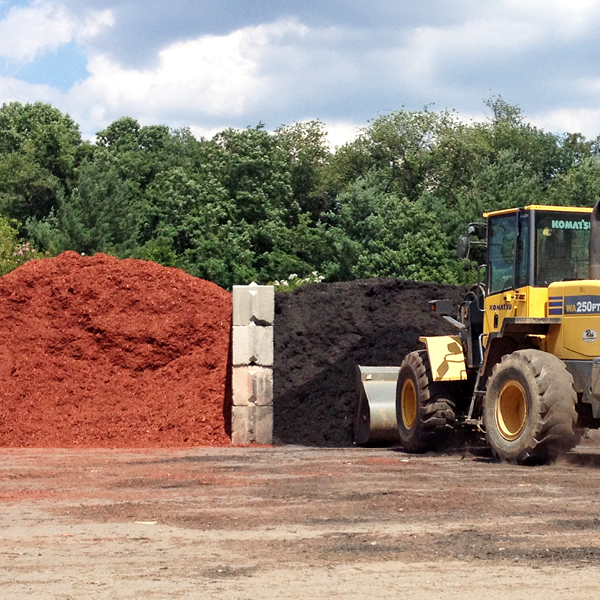
Demand for functional mulches is expected to increase along with the changing climate, especially for storm water management.
Over the past couple of years, it seems like climate change denying has started to recede. And although the Biden Administration did find ways to start addressing climate change in its Infrastructure Bill, many state governments have done little if anything to address climate change in their policies and actions. Sadly, the increase in horrific weather events will at some point register in the minds of the masses, who will force their government officials to act. Until then, our industry must continue to educate and promote the fact that we can reduce methane generation through composting (instead of landfilling organics), as well as improve plant growth and soil health, both of which can help to mitigate the effects of climate change. Aside from creating more permeable soils and increasing water holding capacity when flooding rain events occur, these same soils will hold more water during drought conditions, reducing the volume of irrigation water required. Yes, by simply conserving and applying stable organic matter (compost) to the soil, we can both reduce irrigation requirements and improve storm water penetration, helping to reduce the impact of both drought and flood.
The costs associated with storm water management are enormous to communities. Demand for mulches is expected to increase along with the changing climate, and more composters are now producing functional and decorative mulches. This trend could expand into agriculture, as crops like grapes and tree fruits can benefit from mulching.
5. Environmental Applications And Green Infrastructure
Some of the most popular and high value soil mixes containing compost are those created for storm water management, including media for roof top gardens, rain gardens, bioretention ponds, etc. Many composters have had great success entering this market, especially with compost-based bioretention media, often assisted by regional specifications requiring these green infrastructure methods over grey ones. While these markets continue to expand, growth in using compost in erosion and sediment control application has stalled. This is not because of lack of functionality, but because of effort. Simply, composters are not educating themselves enough to be able to sell this application and educate the specifiers about it. In several states, the pioneers that introduced compost into their state Departments of Transportation specifications have retired, and their replacements don’t have the same buy-in regarding compost usage.
Composters interested in marketing their compost into erosion control markets must get back to educating these engineers and landscape architects. Note that concerns about nutrients contained in compost, and their potential migration, makes education of those marketing this application very important. In addition, developing more efficient and cost-effective application methods for compost used for erosion control and storm water management can also help to enhance its expanded usage. Certain specifiers and buyers are having a difficult time locating erosion control grade composts, which are both coarse in nature, but free of inert contaminants. This must be rectified.
It should be mentioned that monies from the federal Infrastructure Bill should be kicking in, and with it, more large-scale construction, which should presumably require landscaping, erosion control and improved soils. Some of this money will likely allow for more food waste collection and processing infrastructure.
6. Compost Specification
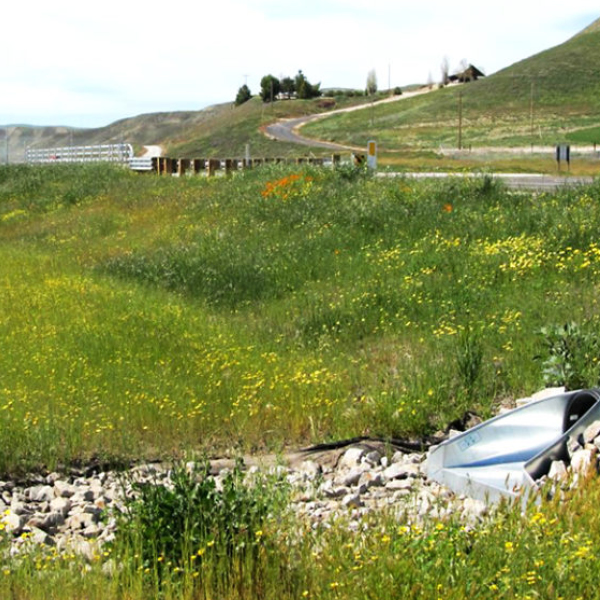
Education of specifiers about compost usage, such as in bioswales (above), is key to seeing continued growth in highway and large construction project applications.
Through the work of many individuals in the composting industry, use of compost is being specified in large and important construction projects. These endeavors must be nurtured and expanded to ensure that compost markets continue to grow. More investment in educating the specifiers (typically landscape architects and engineers) is still required by individual composters, trade organizations and government entities. The Compost Research & Education Foundation recently published a new series of compost use specifications, but more work is required in this arena, especially for high tech applications (e.g., carbon farming, rooftop garden media), but also for specific agricultural crops.
Examples of successful landscape architect and engineer training programs can be found in the San Francisco Bay area. One is funded by the City of San Jose and Zanker Recycling; another is by StopWaste in Oakland. Both programs heavily promote the proper specification of compost and have led to the development of products (and specifications) for compost-based “less-floatable” bioretention mulches derived from compost (and the study of less flammable mulches).
It is important to note that specifying entities (e.g., state Departments of Transportation) are reacting to inert contamination by reducing the allowable content in the composts they purchase. In California, Oregon and Washington — three states with many food waste composting programs — compost specifications were changed to allow just 0.5% (by dry weight), of man-made inert contamination (and only a subset of that being film plastic). Meeting these limits gives composters a competitive edge in this high value market segment.
7. Compost Certification
More and more composters are listing products through OMRI (the Organic Materials Review Institute), allowing for usage of their composts in certified organic farm production. Interest is further enhanced by the fact that the gardening industry is more interested in using “organic” products. In fact, most of the large packaging companies in the U.S. marketing bagged composts, soil amendments or soil blends containing compost have OMRI-listed product lines that are being demanded by mass merchandizer and independent garden center customers alike. Similarly, more composters are participating in the US Composting Council’s Seal of Testing Assurance (STA) Program. Most state Departments of Transportation and many landscape architects and engineers require that the compost they specify be enrolled in the STA program. This trend is expected to continue, as involvement in these programs helps to increase consumer confidence in our products.
8. Food Waste And Contamination

Expansion of food waste collection has proven to require more education and vigilance when it comes to feedstock contamination. Photo by Doug Pinkerton
The expansion of food waste collection and composting stalled during COVID but is poised to expand. While northeastern and western states have been the most aggressive in banning the landfilling of food waste, many other states or communities are moving in that direction. While food waste processing needs to happen for both environmental and economic reasons, infrastructure development is still struggling, as is related public policy. Of course, the expansion of food waste collection, composting and anaerobic digestion has also proven to require more education and vigilance when it comes to feedstock contamination. Even in states where public policy requires food waste separation and collection, meager amounts of effort are being spent in public education related to feedstock contamination. The reality is that people do not want to buy dirty compost! There has already been huge push back in markets where man-made inert contamination is prevalent. To state the obvious, the marketplace, especially the large higher value markets, will not accept compost products contaminated with man-made inerts (e.g., film and hard plastics, glass, etc.). Most customers “buy with their eyes.” So, even if inert contamination doesn’t affect the overall efficacy of the compost, many customers will not purchase a contaminated product.
More states are starting to ban single-use plastic bags in grocery stores, while others are taxing their usage. Anything that reduces film plastic from making its way to a composting facility is helpful, as it is costly to remove (manage) and is unacceptable in the finished product. And although use of certified compostable bioplastics is expanding, especially in food packaging, composters have become more negative about accepting them (and some are simply refusing to accept these products). Some items do not decompose fast enough in their process and are screened out and landfilled. Changes are needed, whether it is better compostable bioplastic products or composters learning (and be paid) to manage them differently. In addition, compostable bioplastic products are still deemed as “synthetic” feedstocks, so cannot be used in the production of USDA’s National Organics Program (NOP) approved products.
9. Creative Soil Blends and Products
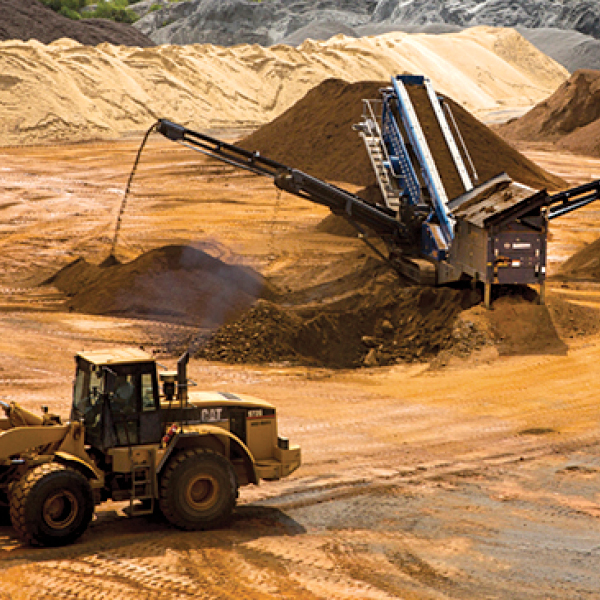
Various landscape and crop-specific soils are being manufactured and sold in bulk form, as are soil blends used in storm water and related environmental applications. Photo courtesy of Luck Ecosystems
As mentioned earlier, more composters are producing decorative mulches, from coarse compost, screened compost overs, or clean wood that is dyed. There is great room for market expansion here if composters can produce attractive and functional mulches. While some composters are getting into the bagging business, and packaging more creative retail soil blends containing compost, others are creating these products in bulk form. The production of packaged and bulk nursery growing media containing compost is being produced for both generic and specific crops (e.g., cannabis). Various landscape and crop specific landscape soils (e.g., rose garden, raised bed) are also being manufactured and sold in bulk form, as are soil blends used in storm water and related environmental applications. Some of these compost-based products contain ingredients like beneficial microbes, humic acid, worm castings, biochar and manure fiber (from anaerobic digestion).
10. Creative Compost Promotion
While use of print advertisements to promote compost is surely on the decline, creative electronic means of compost promotion have exploded with the expansion of social media and usage of the internet. E-newsletters and interactive websites are but a few of the tools being used. While many of us old school compost marketers employ these techniques (even the ones we don’t understand), it is important that we not get so caught up that we forget the face-to-face or relationship building aspects of market development and customer service. Most buyers still need to see the product “close up” before purchasing and using it.
Marketplace Threats
With the still many threats to growth of the compost marketplace, the composting and organics recycling industry has to continue to work together to combat them. While we must stay vigilant when it comes to inert contaminants, there are some we cannot see that are poking up their ugly little heads. Persistent herbicides in compost are still an issue, but to a lesser degree, and now we are dealing with PFAS, which will especially be a concern for food waste (with packaging) and biosolids-derived composts. Of course, in phosphorus-impacted soils and regions, its content in compost is still being scrutinized (although it is primarily in a slowly releasing form, like compost-based nitrogen).
Compost producers and advocates must work individually and collectively to support state and national organizations to ensure that elected officials understand the positive benefits that a thriving composting and organics recycling industry can have on the economy and the environment. This collective call for action encompasses the composting, anaerobic digestion, vermicomposting, biosolids and manure management sectors.
Spring 2023 will soon be upon us, so remember that producing a high-quality product, studying the market, then putting forth the proper effort will lead to positive market growth for any compost manufacturer. This winter, focus on researching the regional marketplace (and its changes), then make an action plan for the Spring, and then work the plan.
Thank you to Kevin Anderson (Missouri Organic Recycling), Chuck Duprey (NaturCycle), Gary Gittere (McGill Environmental Services), Sherrian Jones (City of Plano), Beto Ochoa (Z-Best Composting), Kelly Schoonmaker (StopWaste), Dan Sutton (Rexius Forest Products), and Bob Yost (A-1 Organics) for your input into “market happenings.”
Ron Alexander is president of R. Alexander Associates, Inc. (Apex, North Carolina, 919-367-8350), a company specializing in product and market development for organic recycled products. He is author of ”The Practical Guide to Compost Marketing and Sales” (2nd Edition published by BioCycle) and has over 38 years of experience in compost and recycled organics product marketing. Mr. Alexander is a member of the US Composting Council’s Seal of Testing Assurance (Program) Advisory Committee and is an Industry Liaison to AAPFCO (Association of American Plant Food Control Officials).





